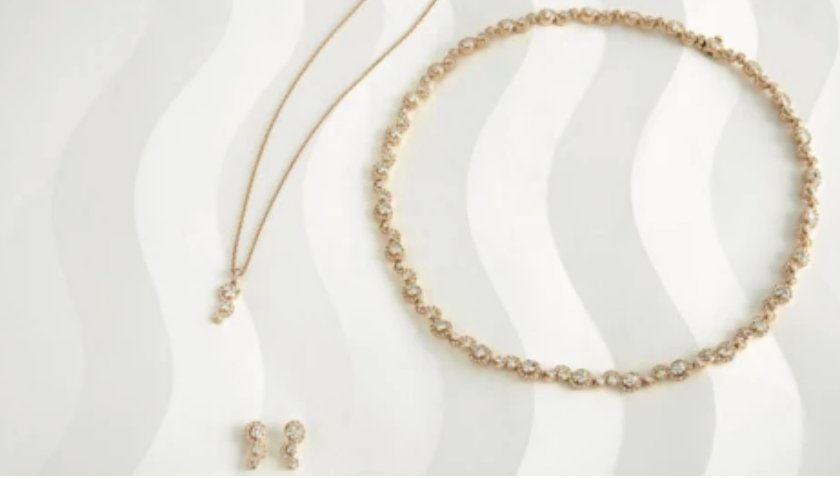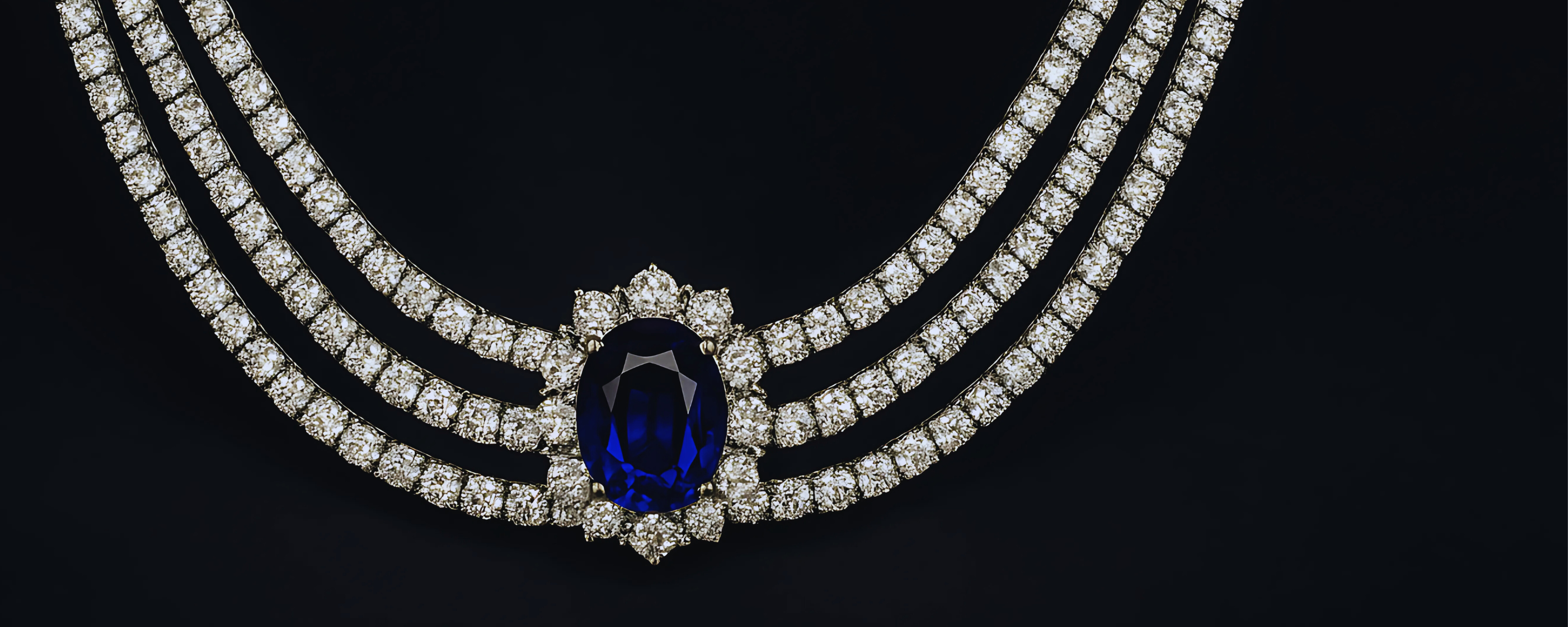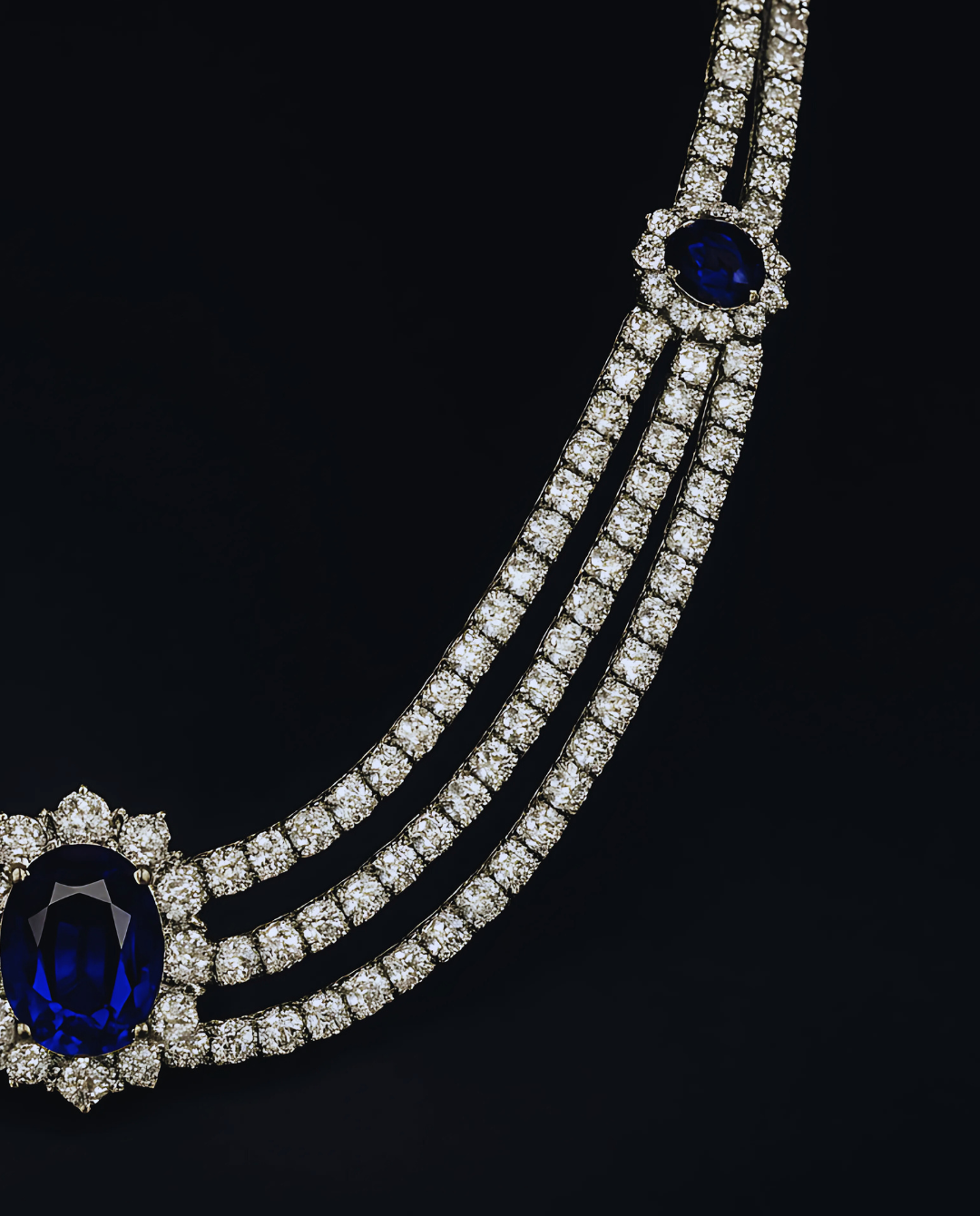Whether we embrace it or not,
cultured diamonds are just the better alternative.

“You have enemies? Good. That means you’ve stood up for something, sometime in your life.” – Winston Churchill
Any new, innovative industry faces pushback—this resistance is felt particularly in the companies who seek to disrupt outdated and controversial practices in their field. The cultured diamonds movement is making waves, and the mined diamond industry is scared. The cultured diamond industry is expected to double in value within a few years. This is due in no small part to the positive virtues of our alternative approach to mining diamonds.
The future of luxury jewellery is in diamonds grown above ground for three very simple yet meaningful facts:
- Far less environmental impact
- Guaranteed conflict-free
- Fairer price points.
Lark & Berry has been a target of misinformation-fueled attacks from mined diamond companies since their launch. These attacks continue, driven by an outdated mined diamond industry’s fear of change and competition. And now, criticism is coming from the highest place.
We recently received a letter signed by two of the biggest diamond and jewellery organizations wishing us well, while simultaneously trying to intimidate us (passive-aggressive much?)
Instead of hiding, shredding or ignoring this letter we thought it would be best to respond openly and share these organizations’ issues of contention here with you. This is a great opportunity to further educate on cultured diamond disruption. This criticism proves to us, at Lark & Berry, that we’re doing something right.
The accusations and criticisms we face in the letter largely fall into two categories:
- The virtues of cultured diamond creation are exaggerated or false. By the end of this response, we will show that this claim is not only unfounded, but highlights the mined diamond industry’s continued denial that they remain complicit in controversial human rights and environmental practices (despite improvements, they still facilitate both).
- That disrupting, cultured companies like Lark & Berry use terminology with intent to mislead luxury jewellery customers.

If you have shopped at Lark & Berry or you’re thinking of doing so—if you follow us on social media and read through our site—it should be quite clear we are PROUD to use diamonds grown aboveground and want our customers to feel proud their diamonds are NOT mined. We have nothing to hide and seek to be as transparent as possible.
The letter accuses Lark & Berry of endangering the livelihoods of miners, diamond artisans, cutters, and creators among other things— we want to make it clear that we have the utmost respect for beautifully-made jewellery. Our new industry of culturing diamonds is in no way meant to put hard-working and/or creative people out of a job. On the contrary, creating a diamond requires many skills. With culturing, a safe, steady supply of diamonds will open new opportunities. Culturing will encourage creativity in artisans who previously did not have access to work with such precious stones. No more mined-diamond supply chain means no more having to tolerate exploitation.
Not only does culturing a diamond have far less environmental impact than mining, choosing cultured is a powerful move towards eradicating conflict, human rights abuses and war funding that is still happening NOW.
This brings us to our detractors’ first position.

1. THE MINED DIAMOND INDUSTRY CONTINUES TO STAND BY THE KIMBERLEY PROCESS FOR VETTING THEIR CLAIMED CONFLICT-FREE STATUS OF MINED DIAMONDS
Powerful parties continue to support and hide behind the Kimberley Process—the industry standard vetting procedure of diamond sourcing and mining—as proof they’re operating ethically.
Our response:
We are not saying all mined diamonds are conflict diamonds, but Lark & Berry and other cultured diamond companies take serious issue with this process. Consider this, written in the Financial Times:
The Kimberley Process requires its 81 member countries to control the import and export of diamonds and include a certificate with shipments to certify the country of origin. But it defines a “conflict diamond” only as a gem that is used to fund rebel groups. That means it does not cover broader human rights abuses, cases of state violence against diamond miners or poor working conditions.
As a result, the Kimberley Process has endorsed exports of diamonds from Angola and Zimbabwe “despite their being mined under highly abusive conditions”, according to New York-based Human Rights Watch.
“It’s a guarantee the diamonds are only free of a very narrow set of abuses,” says Michael Gibb, a campaign leader for conflict resources at NGO Global Witness, which left the KP in 2011.
“If consumers think a Kimberley Process certificate means they are free of conflict financing or human rights abuses, they would be wrong.”
We further ask why, in 2018, are we still digging for diamonds when we have a guaranteed conflict-free, environmentally safer identical alternative in cultured diamonds? With cultured diamonds, you are NOT giving up quality, getting a different product or paying more. You are getting an identical product that you know was not obtained by exploiting an impoverished miner or by to digging up huge, permanent holes in our Earth that can be seen from space.
Cultured Diamonds: It’s just the better choice.
With this word “cultured” in mind, let’s respond to the second un-cultured criticism of the letter
2. THE MINED DIAMOND INDUSTRY CONTINUES TO FUSS OVER CULTURED DIAMOND TERMINOLOGY, IMPLYING DECEPTION
Here’s one point, or at least an incidental aspect of it, that we will give our detractors—it’s confusing out there in the new marketplace of cultured diamonds. There is, indeed, no shortage of new diamond terms competing for official status in your newsfeeds.
With a little more understanding of these terms, we hope you’ll see they all mean the same thing: Cultured.
Our old-fashioned, price-gouging competition doesn’t like the term “cultured” because under select British jewellery governing guidelines, “cultured” is supposed to exclusively mean “organic.” However, “cultured” means to grow by an alternative way or medium.
The mined-diamond companies are quibbling over terminology here out of pride for their organic dug-up diamonds—it’s like saying that a houseplant grown in a field is superior to—and more special than—one grown in our homes. A plant is a plant, and a diamond is a diamond whether it grew below or aboveground. However, mining diamonds is bad for the planet, no matter how these are pulled from the Earth and no matter what we’re calling ANY diamonds.
To describe cultured diamonds, our detractors would also prefer we use the term “synthetic” – and of course they would, as that term has a very synonymous association with “fake.” However, synthetic when referring to synthetic diamonds is NOT fake.
Cultivated, lab-cultured, lab-created, grown, man-made, synthetic (though we don't prefer the term): these are all descriptors used to label cultured diamonds. They ALL mean the same thing: that you are getting a 100% authentic diamond when you are buying from a respected, reputable source. Chemically, optically, physically—by any metric, a cultured diamond is the same diamond as a mined diamond.
We at Lark & Berry just like the term “cultured!” We are literally culturing diamonds. We think it’s amazing that diamonds can now be engineered aboveground by advanced tech with a fraction of the detriment done to the world in multiple arenas.
Need a more official, respected governing body to verify our logic here? We go by what the FTC (Federal Trade Commission) guidelines say, because we believe they have the clearest and most up-to-date qualifiers out of any association in the world regarding jewellery/diamonds. Other international governing bodies, such as those our detractors would quote from in hope of intimidating us and misleading you, have not amended regulations in ages to cover the new technologies and industry breakthroughs brought by culturing.
Here are select portions of what the FTC has to say on the subject:
Because the evidence shows that “cultured diamond” claims can be qualified effectively, the Commission lacks a sufficient basis under Section 5 to advise marketers against using the term.
The “cultured diamonds” qualifier can be used, so long as customers are made aware the diamonds in question were not mined.
Again, we want you to know our diamonds are NOT mined. We are proud to be a young company exclusively using cultured diamonds!

With the introduction of cultured diamonds into the market, luxury jewellery consumers now have a sustainable choice. We want our customers to know exactly what they are buying: conflict-free and environmentally friendly diamonds. We love educating on the merits of cultured. We want you to be as proud of choosing this outstanding new alternative as we are.
For more information on cultured diamonds, please feel free to research or click here for more info. And don’t forget to follow us on social media, where we always welcome your feedback and questions!
View all of our beautiful jewellery made with cultured diamonds here!



